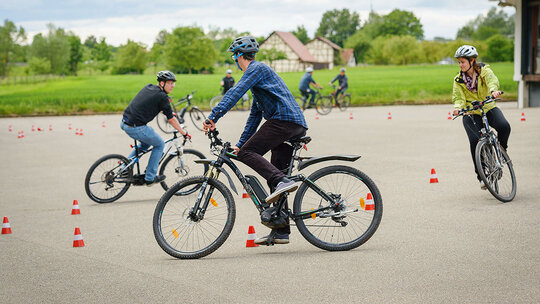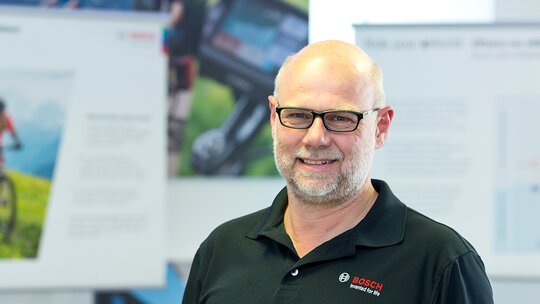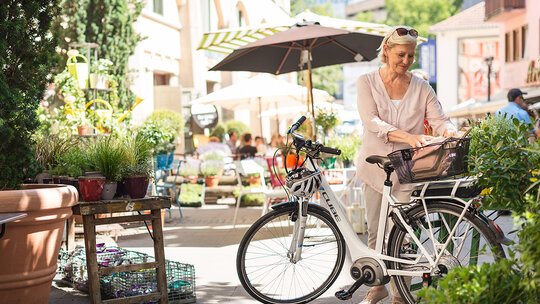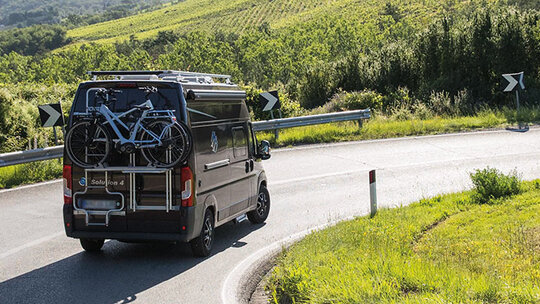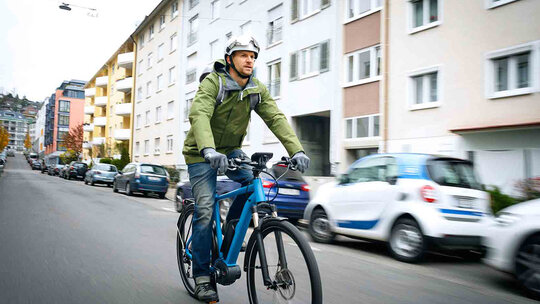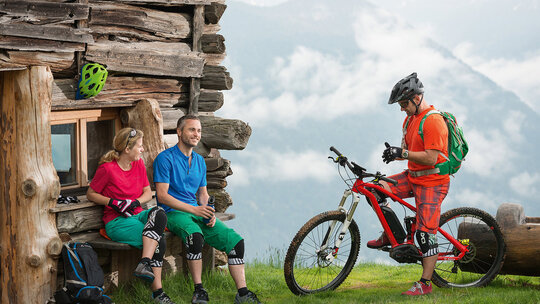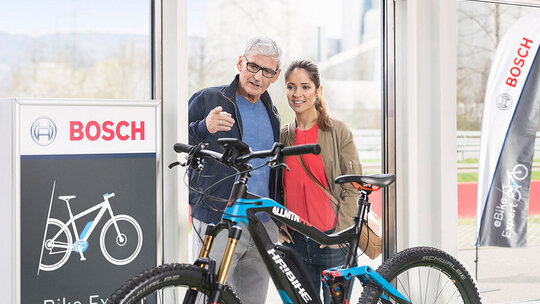Safely through the winter with the eBike
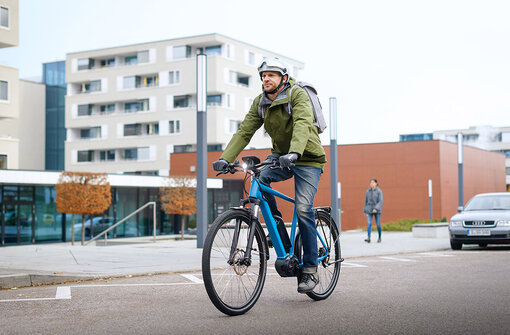
The days are getting shorter, the air is colder, there are fewer bikes on roads and paths. In the early days of winter a lot of people store their bikes in their basements or garages – not to be used again until the following spring. But that needn't be the case! If you follow a few important rules, and if you don't mind the winter winds on your face, there's no reason why you can't get safely through the colder months with your eBike.
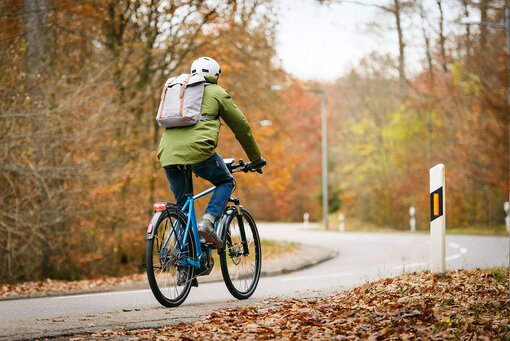
Preparing the eBike for the winter
In winter it is of course wetter, colder and darker than in the summer months. It is therefore always advisable to carry out a complete check of the bicycle, whether with or without an integrated electric motor. With all types of winter weather possible, you need to make sure that the lights, brakes and gears are all in proper working order. Water will not have any adverse effect on an eBike, since the components are protected against rain, spray and splashes. When the temperature drops below zero, it is advisable to have a neoprene cover – obtainable from your bicycle shop – to protect the battery.
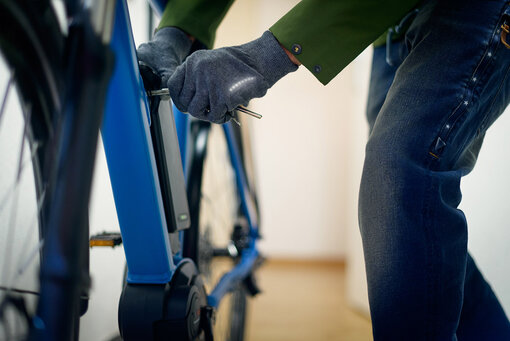
Protecting the battery
The battery is the most sensitive component of the eBike. It can lose capacity at low temperatures, which in turn can limit the bike's range. During winter use with temperatures below zero you are advised to remove the battery, store it at room temperature and replace it on the bike shortly before your next journey. When you return, you should ideally store the battery indoors at temperatures between 10° and 20°C. The same applies to charging the battery: the lithium-ion cells should be charged at room temperature.
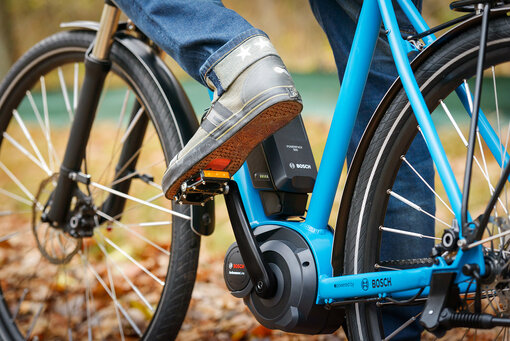
eBikes in snow and ice
In extreme weather conditions, such as black ice or drifting snow, both the eBike and the conventional bike should be given a rest. In winter it is advisable only to use a bicycle if you are completely confident that you can ride safely under difficult conditions. Being able to see ahead clearly is of the utmost importance, especially when cycling on icy or snow-covered paths. When starting off, eBikers should do without motor support, e.g. in turbo mode in the case of the Bosch drive system, otherwise the tires will simply spin and slide instead of gripping. Those who regularly ride over snow-covered paths or roads in winter can make use of tires with spikes, although these are only permissible for pedelecs assisted up to 25 kmh.

Suitable clothing
eBikers have a distinct advantage when it comes to clothing: when temperatures drop and thick winter clothing is required, they tend to perspire a lot less – thanks to their motorized assistance. This means there is less risk of catching a cold. But eBikers will also appreciate the benefits of breathable jackets, which are comfortable to wear and insulate by trapping body heat in, but allow air flow to pass through the membrane. Cyclists' fingers get cold very quickly, so gloves are indispensable. Thin headbands and woolen hats provide added warmth and fit snugly beneath your helmet, which is an absolute must in winter. During these dark months it is also particularly important to be visible to other road users. Bikers are therefore advised to wear bright-colored clothing with reflectors.
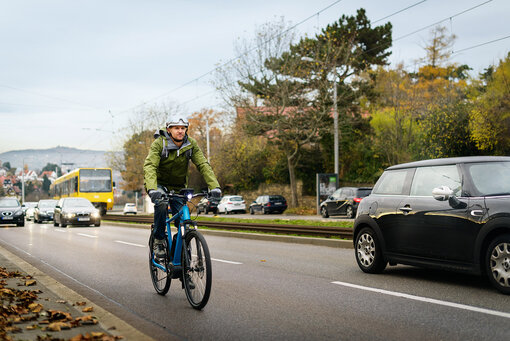
Where to keep the eBike in winter
eBikes can spend the winter either indoors or outdoors, provided they are well protected against rain and snow. Garages and basements are ideal for this purpose. If you keep your pedelec in a carport or in an unheated shed, you should detach the battery and store it at room temperature. The batteries of eBikes that are out of action all winter should also be removed and then kept in a dry, not-too-cold place with a charging capacity of about 30-60%. Unlike certain other batteries, the Bosch PowerPacks don't need to be recharged during a lengthy "rest" period – irrespective of how long the eBike is not in use.
